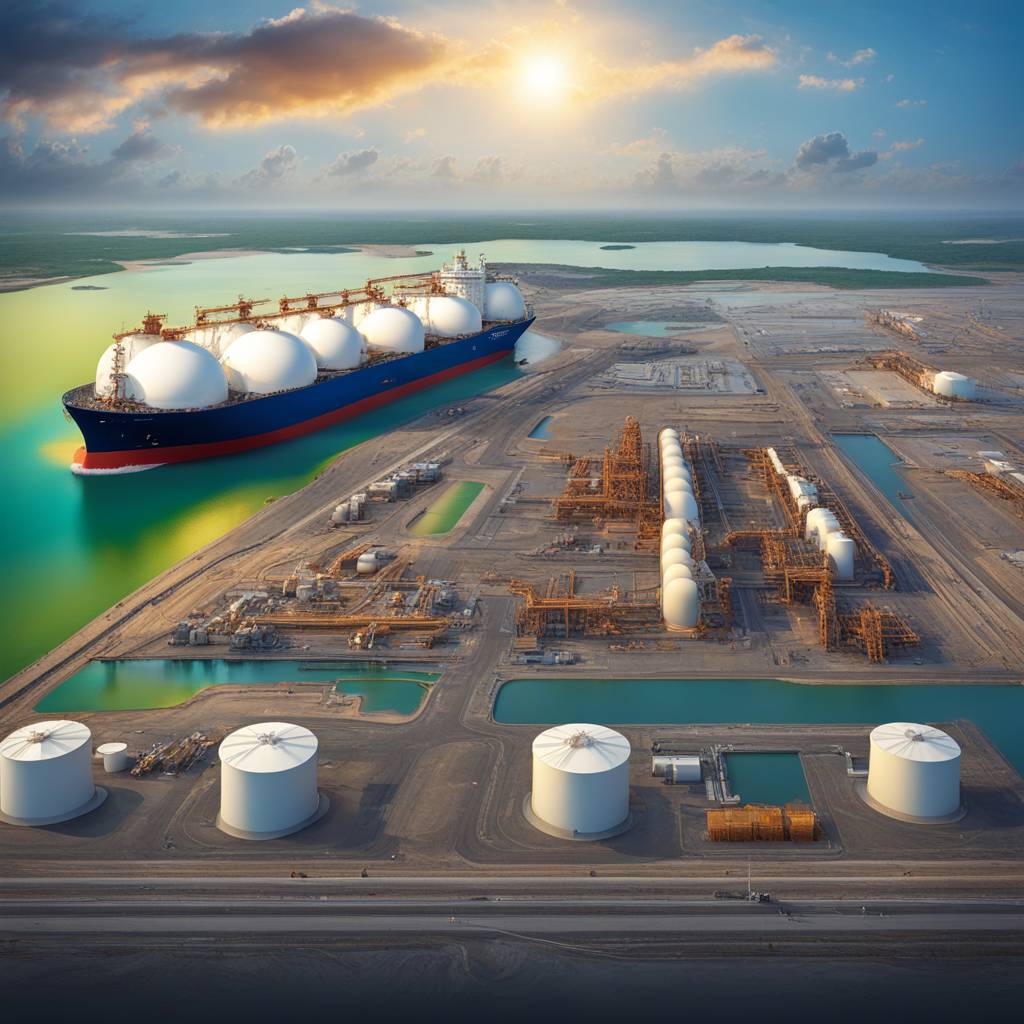The liquefied natural gas (LNG) market is currently experiencing a significant slump in prices, with spot prices in Asia plummeting to between $8 and $9.25 per million British thermal units (mmBtu). This represents a dramatic drop from the average spot prices of $19 per mmBtu in the same month in 2023, and a far cry from the record prices of $70 per mmBtu seen in 2022. This price decline can be attributed to high inventory levels in both Asia and Europe, coupled with recent geopolitical events such as Russia’s invasion of Ukraine.
Despite the current downturn in prices, major energy players are ramping up their LNG capacities and businesses. At the recent global conference CERAWeek by S&P Global in Houston, Texas, leaders in the industry expressed confidence in the long-term prospects of LNG. Shell CEO Wael Sawan described the current price decrease as a blip that is actually driving demand, with Shell looking to invest in further LNG opportunities. ExxonMobil, on the other hand, is ahead of schedule in its plan to double its LNG portfolio by 2030, while Saudi Aramco aims to increase its natural gas output by 60% by the same year.
U.S. energy companies, buoyed by their country’s position as the top LNG exporter in the world, have criticized President Joe Biden’s recent pause on permits for new export terminals. They argue that increasing LNG exports to emerging markets can help reduce their reliance on coal and fuel oil, which are considered dirtier fossil fuels. Market advocates also point to forecasts showing significant growth in demand for LNG as countries like China and Southeast Asian nations switch from coal to gas to support their economic growth.
Industry experts at CERAWeek emphasized the importance of natural gas and LNG not just as a transition fuel, but as a destination fuel in the coming decades. Chevron’s Clay Neff stressed the need for a balanced approach to energy solutions that consider economic development, energy security, and environmental protection. Despite the current low prices in 2024, industry players are focused on long-term investments and growth opportunities, with projections showing a more than 50% increase in the global LNG market by 2040.
Overall, the LNG market is currently facing a period of low prices due to various factors such as high inventory levels and geopolitical events. However, major energy companies remain optimistic about the future of LNG, with plans to expand their capacities and invest in new opportunities. The industry sees LNG not just as a transition fuel, but as a key component of the energy mix in the coming decades, with the potential to drive economic growth while reducing reliance on dirtier fossil fuels. Despite the challenges of the present, the LNG market is looking towards a future of growth and increased demand.













